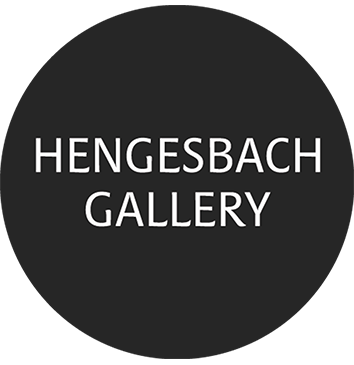Björn Siebert
October 27 – December 13, 2024
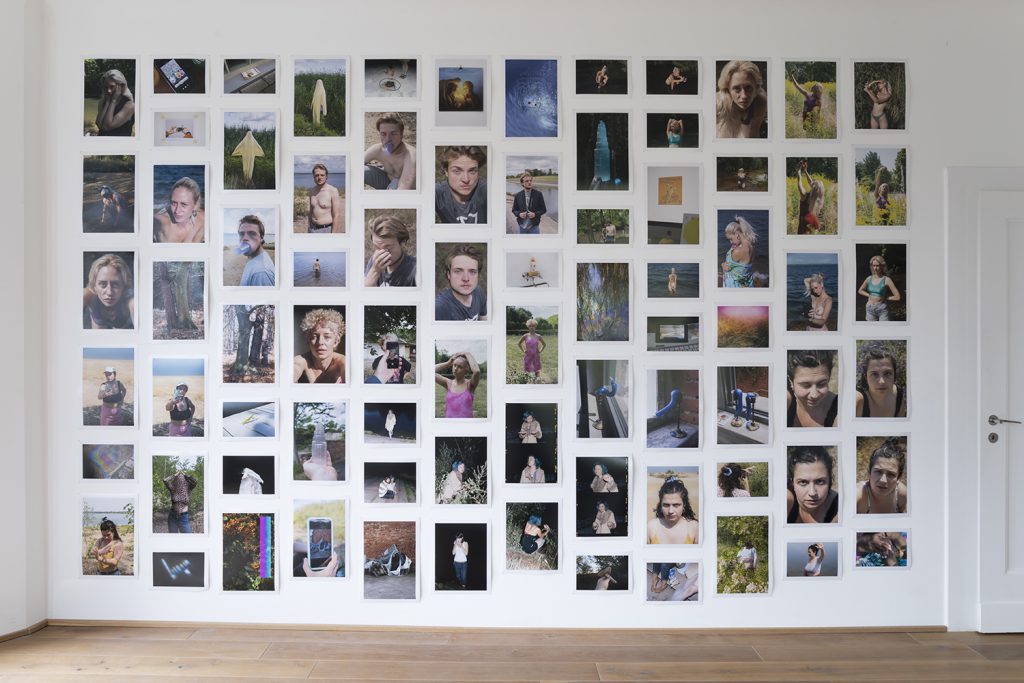
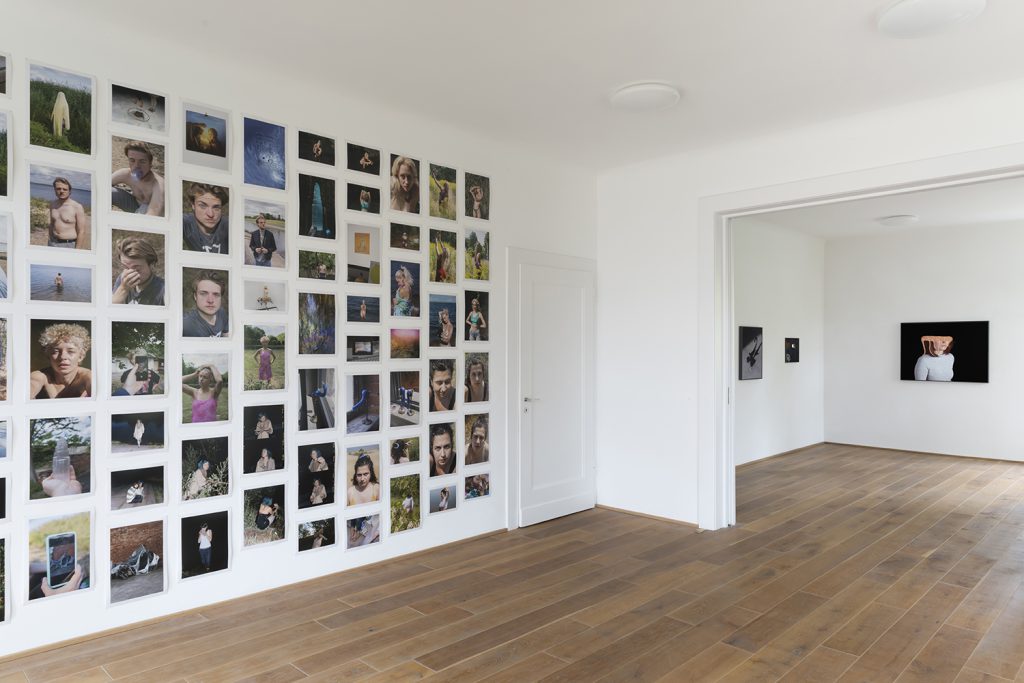
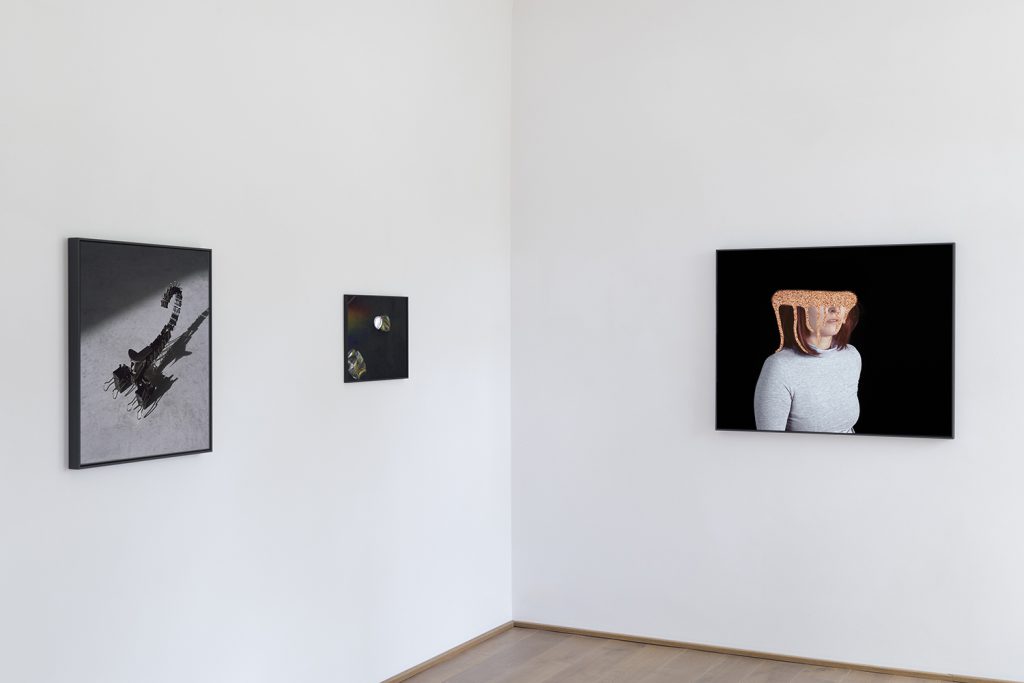

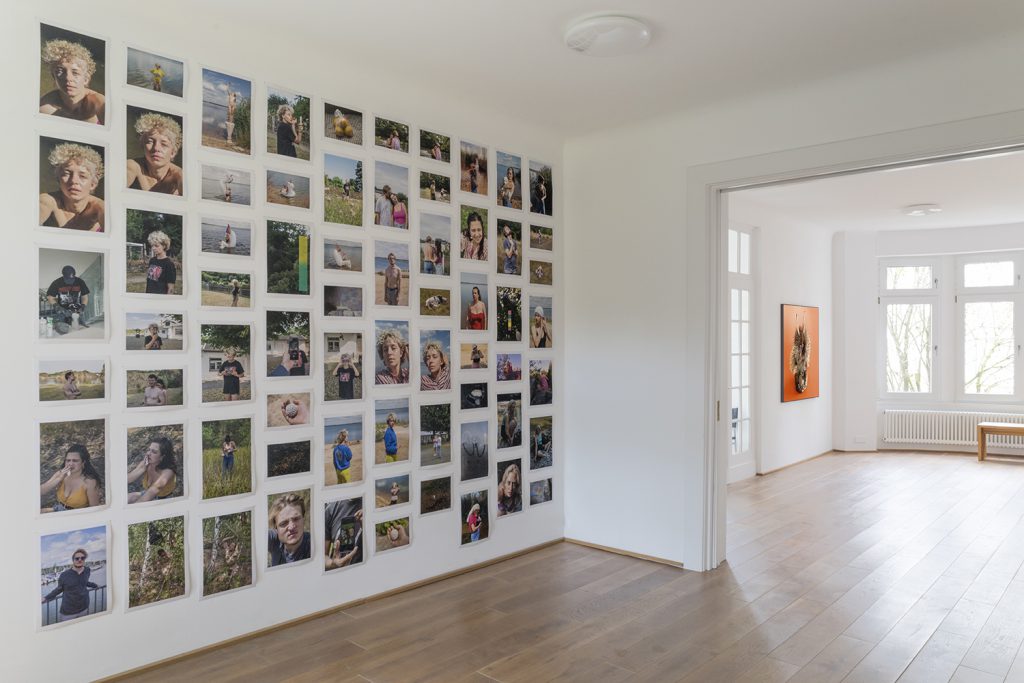

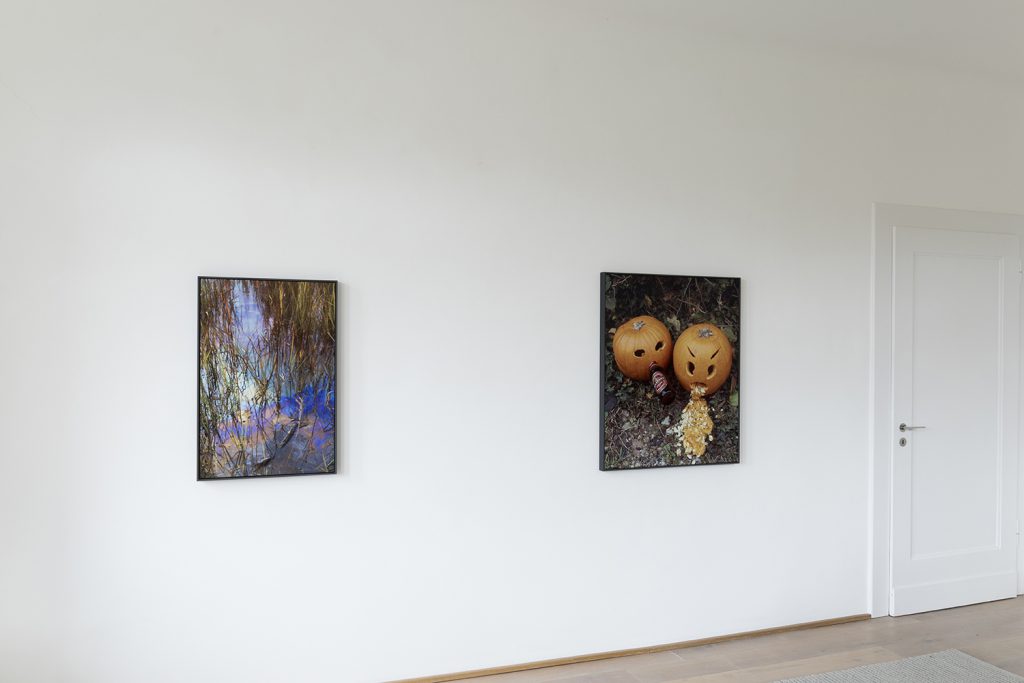
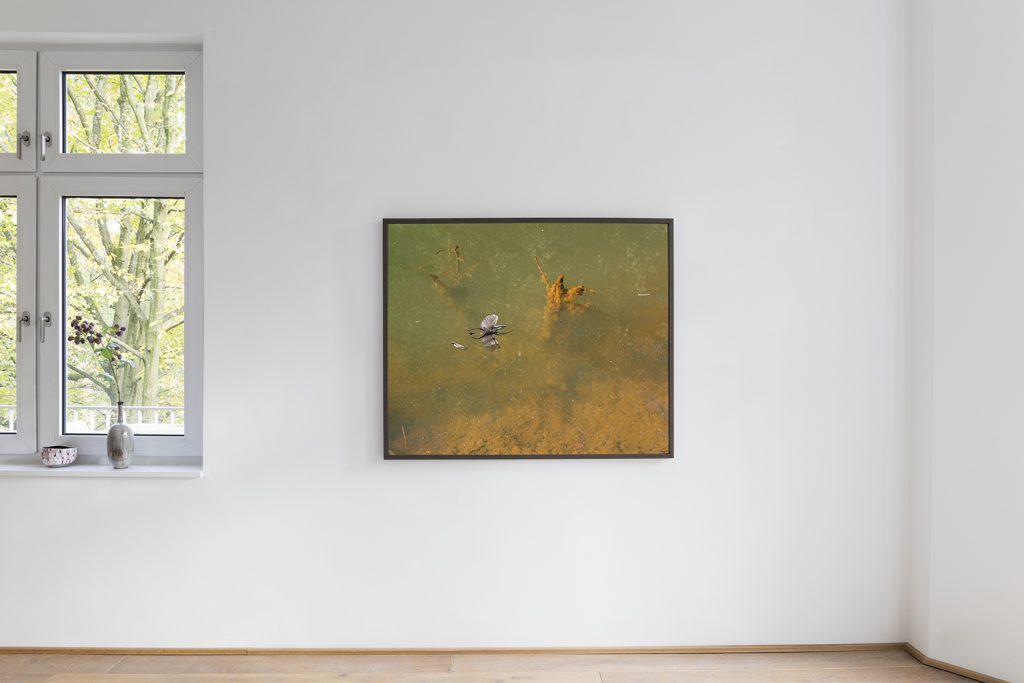
Photos: Dirk Wüstenhagen
In our exhibition “Youth Worshippers”, we are showing a new photographic work cycle by Björn Siebert in two picture blocks: a world of summery self-portrayals of today’s young people unfolds in 150 photos.
Summer is a time of freedom, especially for young people. It not only allows you to move around and rest in the open, scenic space, it also invites you to move freely. The depictions have something playful and random about them, but at the same time they reveal a concentration of moments in which human expression and physicality merge into a unity, so that the depth and essence of human existence and feeling shimmer behind these images. The pictures also make it clear that there is a fundamental relationship to our surroundings, which is an integral part of human existence.
On first encountering the two blocks of pictures, the abundance is initially overwhelming. The pictorial motifs seem to unfold in very different directions, with only the relaxed nature of summer forming a common thread. However, there are only a limited number of actors who appear repeatedly: four women and one man. Siebert forms clusters of six or seven images of juxtaposition and overlapping for the individual people, in order to make clear, in loose association, connections between people and their surroundings, as well as differences and changes of mood among the people. There is no coherent narrative, only isolated actions that tell of the fact that in the relaxed atmosphere of summer one is completely free in the choice of coming to oneself in the sense of an extroverted acting out or a contemplation, a pause.
Expression and physicality enter into a close connection. The body is not an external object, not even in the nude scenes, but an original being of expression. Even if perhaps no one is present in the external environment, the imaginary spectator still plays a role: what pride, what bashfulness or despondency, what searching for oneself is expressed?
The cycle clearly shows that light and shadow are neither external phenomena of our world nor formal pictorial qualities, but that the intensity of the light and its absence essentially determine the expressive side of the face or the body itself, as if the light belongs to man and he can enclose both the light and the dark within himself and release them from himself.
In addition, the width or narrowness of the visible space plays a role in the classification of a person. How do I connect with the space, get involved with it? How visible do I feel in the room, how protected? I belong to this room as a matter of course. How do I shape the space to accentuate a place as a point of identification for me? How do I define orientations in the sense of differentiating between physical above and below in the tension from head to feet, from sky to ground, in the accentuation of my clothing? In this open space, I can stretch out of my shells, contract, bend, squat, crouch.
Photographs are momentary excerpts from a complex event. Nevertheless, they show us different aspects of the passage of time: every movement we make, every tension in our faces is directed towards subsequent events in time. These can be one’s own state of mind, one’s own continuation of life, being in oneself, disengaging from the external cycles of external events, they can be attentions to others or to things, which can be expressed in the mere reaching out of the arms or in embracing. In the diversity of moments lies the unfolding of a variety of moods that merge imperceptibly into one another and that the photograph separates and juxtaposes more strongly. Each moment is linked to a movement posture of the body, which continuously accompanies the expressive postures and translates them into the visible.
The cycle is based on photo sessions that Björn Siebert staged with actors and artists over several summers. The professionally staged takes a back seat because the attempt has been made to make the camera invisible, to eliminate it as an instance before which one celebrates oneself and to achieve an authentic unobservedness.
Siebert creates a grammar of bonds, links or counter-links between people, nature, environment, action, address, situativity, distance and proximity in his two large blocks. Visually, it is presented in block-like sub-units of six or seven images that can be freely selected by the viewer. The genres of portrait, still life, landscape and portrait merge freely into one another and create open references to one another, thus dissolving the classic boundaries between them.
In a series of pictures, the cell phone enters the action as an actor. Indulging in the summery openness and medial self-observation merge seamlessly.
Siebert’s intensive preoccupation with the staging habits of the youth generation is given a different version in this group of works than in his remakes, in which he presents condensations and simultaneous shifts in perspective directionality and addressing, which he takes up from documents found on the net and then monumentalizes visually. Here he resorts to the means of simulation. He himself determines the staging methods in order to get even closer to the core of these dazzling self-observations and self-performances of young people: learning to understand why the young generation’s self-esteem is articulated almost exclusively in and with the media. The media actively intervene in the formation of self-esteem and transform private self-reflection with social feedback mechanisms in which the others participate as a constantly present fictitious audience. Seeing and being seen seem to merge. At the same time, one’s own possibilities intertwine with those of others. Self-setting and imitation are always closer together. The line between the essential, the condensed, and the random, the merely situational, is becoming ever narrower. The individual in his particularity is less and less separable from the general, from the practices and attitudes of his generation, even though he would like to be.
